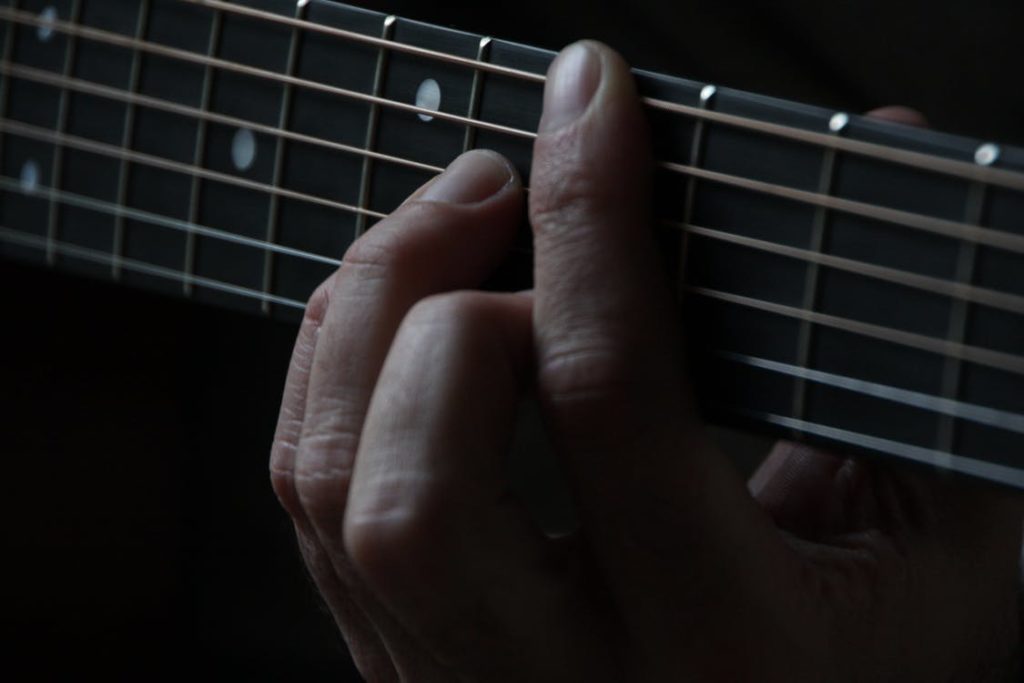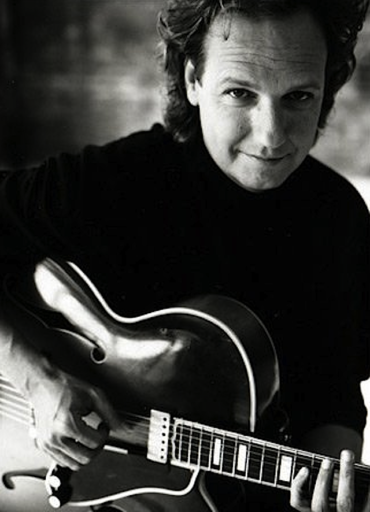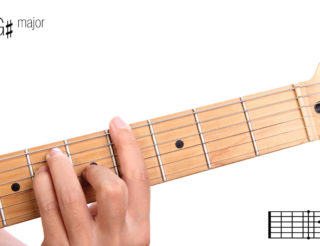Weird Yet Beautiful Guitar Chords Even Beginners Can Play
Author: Wanda Waterman


One of the great pleasures of learning guitar is discovering the beautiful non-standard chords that are actually easy to play! You can use them to enhance songs you already know because even though they may not be a part of the standard chord progression they can form the perfect embellishment when “normal” chords don’t quite cut it.
These chords are most often found in prog rock, fusion, jazz, and experimental music, not because they’re hard to play but rather because it’s the more musically adventurous who tend to like using them. But many of the chord positions are no harder to play than standard chords, and there are no firm and fast rules for where to stick them. Why not let that musically adventurous player be you?
We’ve included diagrams of some positions, but feel free to go to our chord finder and see if there are other positions you’d like to try. You can also use the Uberchord app to tell you the name of the chord you’re playing, so if you forget a chord’s name or if you do happen to create a “new” chord, let the app listen to you play the chord and then tell you its name.
Table of Contents
Suspended 4th Chords

This is a gorgeous chord that raises the middle note by one semitone, essentially replacing the third note of the key with the fourth note. It’s called “suspended” because in the chord progression the fourth has been suspended from the leading chord, but you don’t really need to remember that now.
As beautiful as they sound alone, suspended 4th chords beg to be resolved. In other words if you play a Dsus4 you’d better play a normal D right afterwards or your listeners will feel like they’ve been left hanging. Don’t worry– moving from a suspended 4th chord to a plain chord is easy peasy– it just means moving one finger.
Suspended 2nd Chords

This chord is airy, ethereal, and resonant. It’s something like the suspended 4th chord but can stand on its own, and some of Joni Mitchell’s songs use one suspended 2nd chord after another. In this chord, the third note of the key is replaced with the second.
Major 7th Chords
In a major 7th chord the 7th note of the key is added to the chord, and because this 7th note is raised one semitone it’s major, not minor as it normally is in the major scale. It’s a slightly dissonant chord that can add just the right touch of confused melancholy.
Diminished 7th Chords
In diminished 7th chords, the 7th note of the key is added to the chord and flattened a semitone so that it’s diminished, not minor as it would be in a normal major chord. It too is dissonant, but also kind of quirky.
6, 9, 11,and 13 Chords

We’ve lumped all these together because it would take too long to explain each one. Besides, these chords share a few important characteristics. Some of them may be a little harder to play, but if you take them on in a spirit of fun and games you can easily incorporate a few of them into your chord repertoire.
The numbers refer to the notes in the scale. For example, if you want to play a D13 you would count on your fingers 13 up from D, which would be a B, up an octave. A D13 chord must, therefore, contain a high B.
These kinds of chords are often called “voicings” because they give alternative voices to the basic triadic chord. Voicings aren’t so much an integral part of chord progressions as they are options that you can use however you like.
The great news about these chords is that if you see one in a chord progression and you don’t quite know it yet or the position is too hard for you to play, you can replace it with the standard chord. It’s not perfect, but it’ll work for now.
Similarly, jazz musicians will insert these chords even if the sheet music doesn’t call for it, letting their ears tell them where in the music such a chord might enhance the sound.
______________
Weird chords can keep you motivated when you hit the boring repetition wall. They can give you self-confidence and greater satisfaction in your own playing. Even better, they can make you sound like a much more experienced guitar player than you are, especially if you can name the chords! Keep your Uberchord app handy and you’ll be looking and sounding like an expert in no time. We also recommend looking into using these chords with california dreaming chords, suzanne leonard cohen, and even to accent the sound of flying v guitar.








Scriabin’s mystic chord works great as a secondary dominant.
If not already covered, some other suggested unusual chords
E minor 9th Chord: Low E string open A string 2nd fret D string 4th Fret G open B open Top E open
A minor 9th Chord: E string 5th Fret, A string open, D string 7th Fret, G string 4th Fret B open E open
D minor 9th: E&A strings unused. D string open, G string 7 fret, B string 6th Fret, E string open
Tighter sounding A 7th Chord for Blues: A open, D 7th Fret, G 9th Fret, B 8th Fret, E open
Chunky sounding D7th Chord for Ballads: A string 5th Fret, D string 4th Fret, G string 5th Fret, B string 3rd Fret, E string open,
A 9th Chord: E string 5th Fret, A string open, D string 7th Fret, G string 6th Fret, B string open, E string open.
G7th Flamenco Chord: E string 3rd Fret, A string 2nd Fret, D string 3rd Fret, G.B. E all open
B Hendrix Type Chord: E string 7th fret, A string 6th Fret, D string 7th fret, G string 7th fret B. E open
E Hendrix Type Chord: E string open, A string 11th fret, D string 12th fret, G string 12th fret B. E open
Tighter sounding A Minor Chord: A string open, D string 10th fret, G string 9th fret, B string 10th fret E string open
It’s amazing to visit this website and reading the views of all mates regarding this post, while I
am also zealous of getting experience.
I follow you constantly. Sharing with everyone, thanks!
Really like how this is presented. I’m a lead guitar player now exploring chord scales and formations – I was wondering about Joni’s chords and now I know. Thanks.